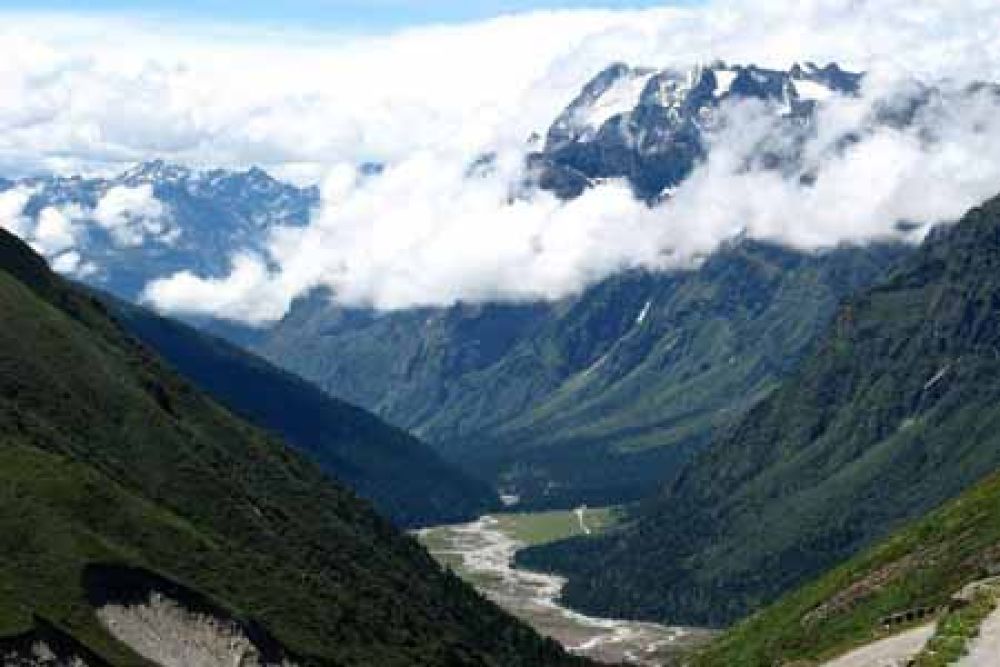

Nestled in the North Sikkim district, Thangu Valley stands as an epitome of scenic beauty and tranquility, set at an altitude of about 13,500 feet. Historically, the region of Lachung and Thangu Valley has been a remote and inaccessible area, known more to the wandering monks and the occasional brave traveler than to the wider world.
The history of tourism in Thangu Valley is relatively young, especially when compared to more established tourist sites in India. It wasn't until the late 20th century that Thangu began to appear on the tourism map, with the state government of Sikkim gradually opening up the region to tourism after the area became part of India in 1975.
Initially, restrictions on travel due to its proximity to the Chinese border meant that visitors were few and far between. Over the years, though, as relations stabilized and infrastructure improved, Thangu Valley along with its neighbour Lachung began to attract trekkers, nature enthusiasts, and those looking for solace away from the bustle of urban life.
With the advent of eco-tourism and sustainable travel practices, Thangu Valley gained popularity for being an untouched paradise, ideal for experiencing the rich biodiversity of the eastern Himalayas and the unique culture of the local Lepcha and Bhutia communities.
In recent years, adventure tourism has become a significant trend in Thangu Valley, with visitors coming to trek in the summer months when the valley is carpeted in wild alpine flowers and the weather is most amenable. Winter turns the valley into a snowy wonderland, appealing to those interested in experiencing the harsh but beautiful cold-weather landscapes.
A focus on cultural tourism has also emerged, with many tourists keen to explore the local customs, festivals, and cuisine. Homestays have become a popular mode of accommodation, as they offer travelers an authentic and personal experience of Sikkim's rural life.
Another burgeoning trend is yoga and wellness retreats, with visitors seeking spiritual and physical well-being in the serene high-altitude environment. The peaceful ambiance of Thangu Valley provides an ideal backdrop for meditation and rejuvenation.
Being an environmentally sensitive zone, there has been an increasing emphasis on responsible tourism practices. Efforts are being made to ensure that the growth of tourism doesn't disrupt the ecological balance of the valley. Tourists are encouraged to minimize their carbon footprint and participate in conservation efforts, making sustainable tourism a key aspect of travel to Thangu Valley, Lachung.
The journey to Thangu Valley is an adventure in itself. The rugged terrain and captivating landscapes offer a unique experience that continues to grow as a highlight for tourism in Sikkim, India.